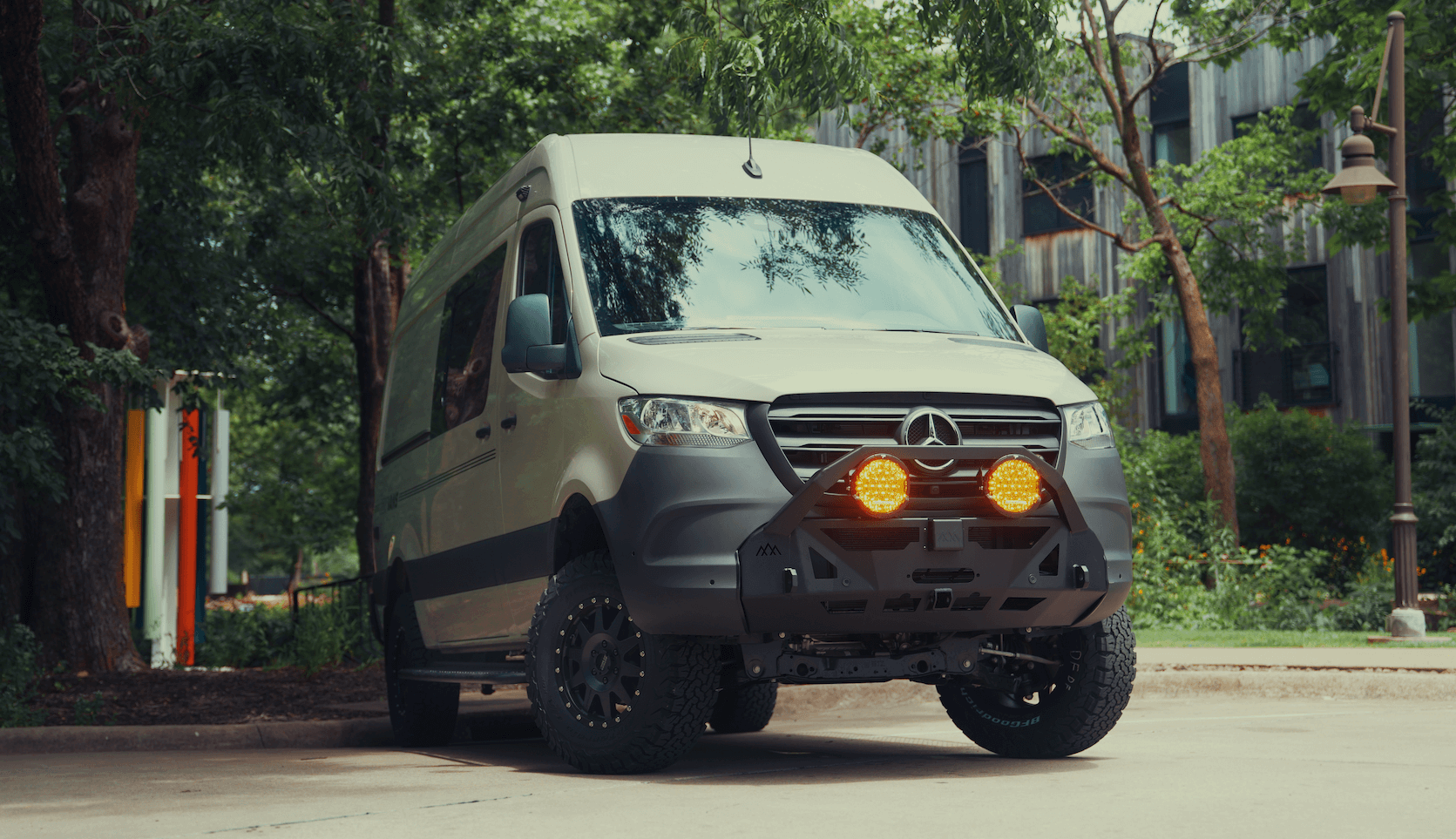Recreational Vans

Shore power hookup means bringing utility grade electricity from a pedestal or building into your van or RV so onboard outlets, chargers, and appliances work as if you were at home. Most camp pedestals provide three common options. A standard household 15 amp receptacle, a 30 amp travel trailer style connector, and a 50 amp heavy service connector used by larger rigs. Each has a matching plug type and amperage rating, and each requires cords and adapters that fit correctly.
The pedestal houses breakers and often a meter. Always turn the pedestal breaker off before plugging in, connect your cord, then turn it on. This prevents arcing at the blades of the plug and helps protect sensitive electronics. Confirm the pedestal is in good shape. Look for firm outlets, intact covers, and no signs of heat or charring. If anything looks suspect, request a different site.
Voltage varies by load and distance on campground wiring. Healthy shore power should be near 120 volts per leg under normal use. Persistent low voltage can overheat motors and compressors. A quality electrical management system or voltmeter can alert you before damage occurs.
Use only weather rated cords and adapters. Keep connections off the ground to avoid water pooling around plugs.
Amperage sets the ceiling for how much current you can draw. On 15 amp service, think light loads and device charging. At 30 amp, you can run more appliances but still need to manage big loads. On 50 amp, larger rigs can power multiple heavy appliances at once, but only if the onboard system is designed for it.
The hot conductor carries energy to your rig. Neutral returns it. Ground exists for fault protection. Good polarity and a solid ground path are non negotiable. A plug in tester or EMS can spot reversed hot and neutral or an open ground before you connect the whole rig.
Your shore inlet is the weatherproof port where the power cord connects. From there, electricity flows to a main breaker and often a transfer switch, then to a charger inverter and a distribution panel. Each part plays a role in keeping electricity conditioned and contained.
The automatic transfer switch decides whether your system is fed by shore power or by a generator or inverter. It prevents backfeeding and ensures only one source is active at a time. The charger inverter converts shore power into battery charging current while also passing power through to outlets and appliances.
The breaker panel splits power into circuits. Each circuit is sized to protect wire and attached devices. GFCI protection should be present where moisture is possible, and AFCI may be used to reduce fire risk from arcing faults. All equipment should be marine or RV rated and installed per code for durability and safety on the road.
Inspect gaskets and locking rings for a weather tight seal. Keep blades clean and tight. Replace any cord with heat damage, cracked insulation, or loose ends. Resistance at a worn connection creates heat and can lead to failure.
The transfer switch isolates sources and routes the winner to your panel. The charger inverter recharges batteries based on chemistry and temperature. Proper charge profiles extend battery life and keep loads stable when shore voltage dips.
A main breaker limits total demand from the pedestal. Downstream GFCI protects wet zone outlets. An electrical management system combines surge protection with safeguards for open ground, reversed polarity, low or high voltage, and miswired pedestals.
Before plugging in, flip the pedestal breaker off, attach your cord, flip the breaker on, then verify voltage. Start big loads one at a time. Heating elements, air conditioning, and microwaves are the usual heavy hitters. On a 30 amp service, do not run several of these at once. If an appliance causes the breaker to trip, reduce load rather than resetting repeatedly.
Coil cords loosely and keep them lifted from standing water. In rain, use a drip loop so water runs off before it reaches the inlet. Never modify plugs or cut off grounds. If you need to reach farther, use a cord rated for the amperage you are drawing. Thin indoor extension cords are not appropriate for pedestals.
If you camp near saltwater or store your rig in humid climates, consider a galvanic isolator on the shore ground to reduce corrosion from stray currents. While mostly a concern for boats, mixed marina and coastal camping can present similar challenges at shared pedestals.
A portable or hardwired EMS with surge protection is cheap insurance against bad power. It locks out supply when voltage is unsafe and logs faults so you can document a problem with the park.
If you smell insulation, see a dimming glow from lights when heavy loads start, or feel unusual heat at the plug, turn the pedestal breaker off and disconnect. Troubleshoot before continuing.
OZK Customs builds shore ready electrical systems that are quiet, efficient, and properly protected so camp hookups feel simple. If you want a custom plan that matches how you travel, explore our recreational vans. For a blank sheet design that integrates shore power with solar, alternator charging, and smart control, see custom build van. Shoppers who prefer a finance ready foundation can review mainstream vans to start from proven platforms.
Ready to make plugging in effortless on every trip? Share your goals and we will design a system that charges fast, protects your gear, and fits your travel style.
Ready for reliable camp power without guesswork? Tell us how you travel and our team will design a shore power system that charges fast, runs quiet, and stays safe in any park. Start your custom plan now.
ADDRESS:
6159 E Huntsville Rd, Fayetteville, AR 72701
PHONE:
(479) 326-9200
EMAIL:
info@ozkvans.com